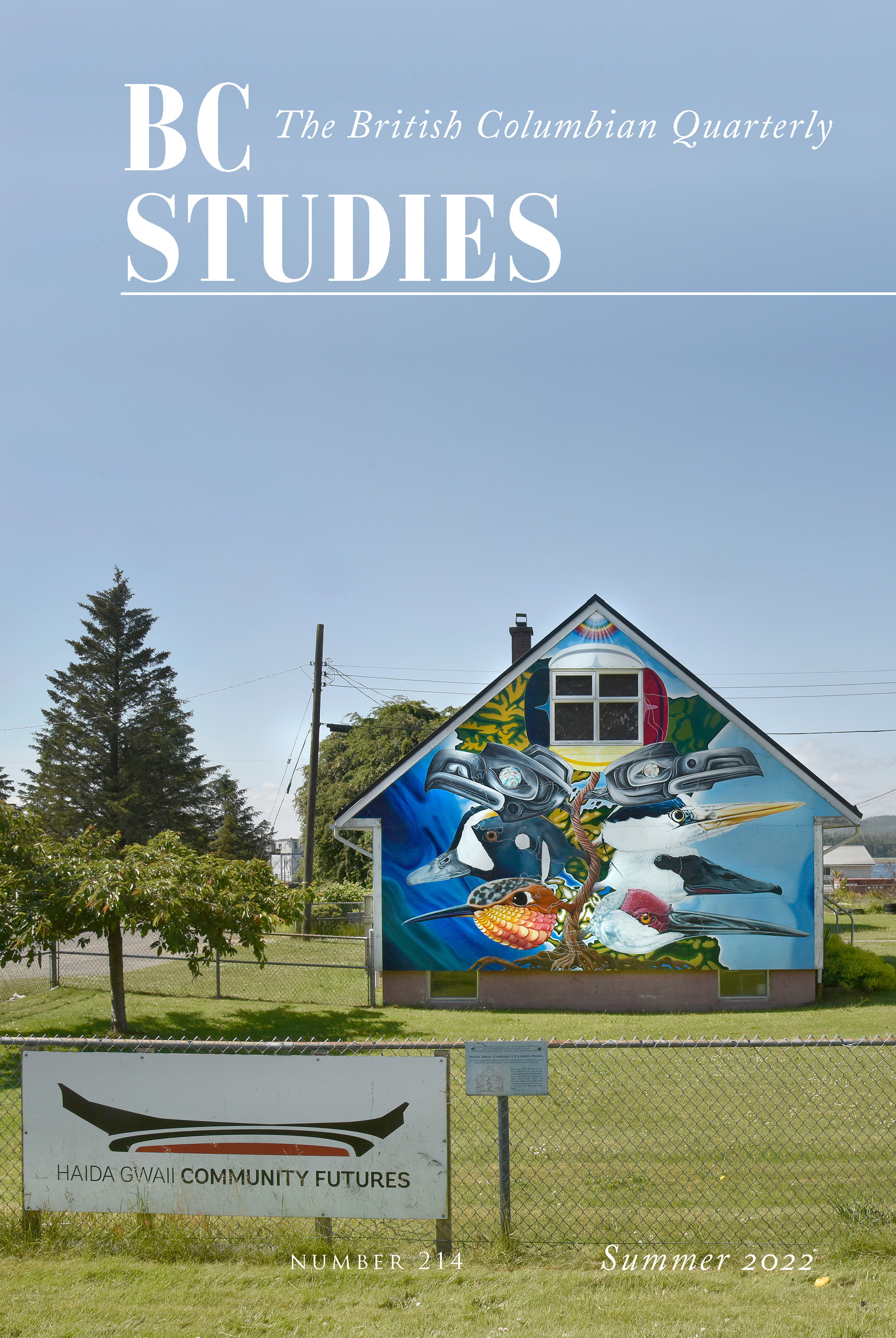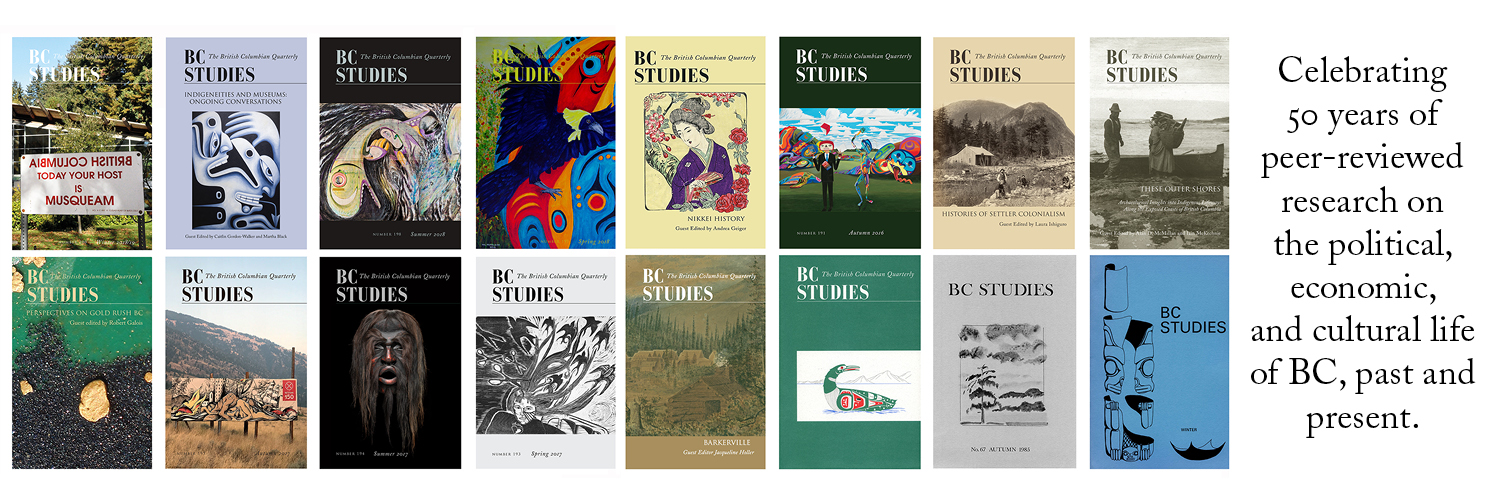“Gateway” to the Alaska-Yukon Borderlands
The White Pass & Yukon Route Railway, the North-West Mounted Police, and the Klondike Gold Rush
DOI:
https://doi.org/10.14288/bcs.no214.196766Keywords:
gold rush, railways, land settlement, police and policingAbstract
As the Klondike gold rush brought thousands to the Alaska-Yukon borderlands, the British owned, American operated White Pass & Yukon Route constructed a railway from Skagway, Alaska, across the far northwest corner of British Columbia, to Whitehorse, Yukon to supply the gold fields. During its early years (1898-1900), the railway faced a harsh northern environment, potentially ruinous competition, the problem of moving goods across the Alaska-Yukon border, and incorporating the line into the rest of the Yukon transportation system. The solution to these problems was to form a close relationship with the Canadian North-West Mounted Police. Working together, both groups took part in the transformation of the Alaska-Yukon borderlands, creating a functional border that allowed the police to reliably transport supplies to the Yukon and British Columbia and the railway to dominate the Yukon transportation system.



